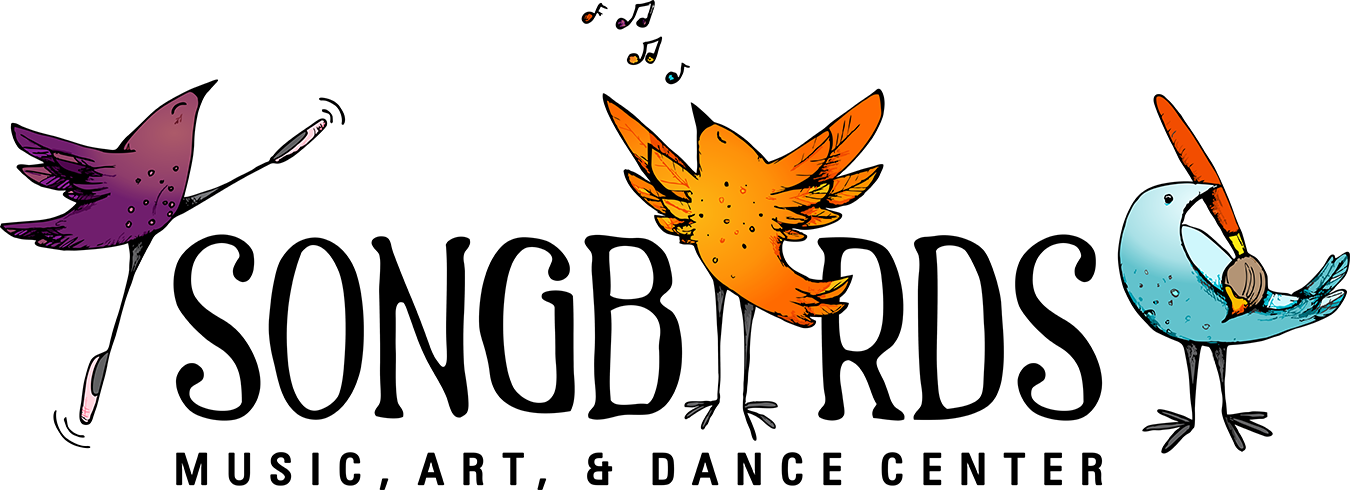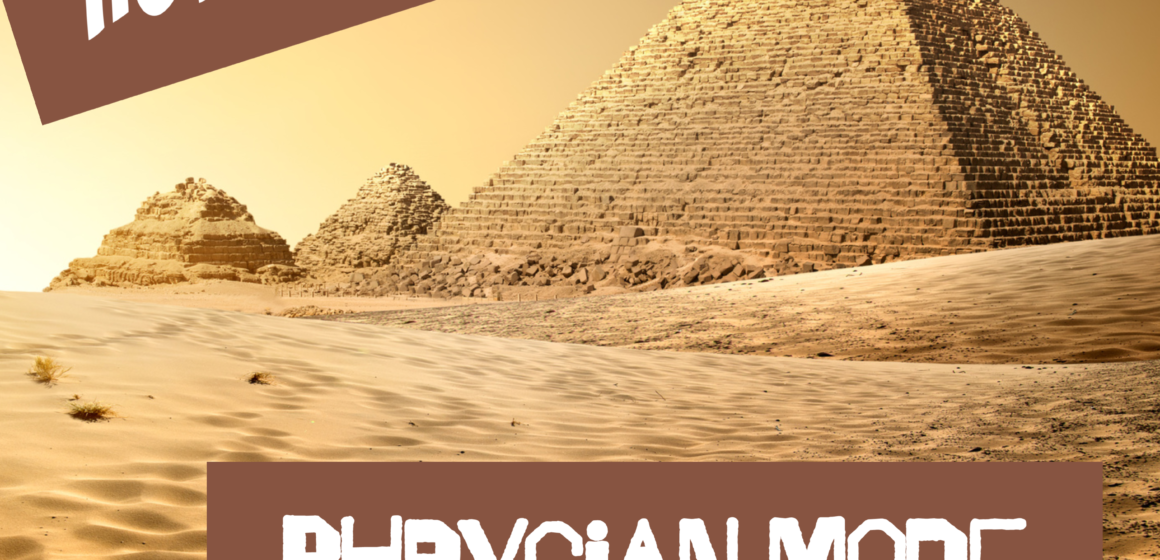One of our previous blog posts about how to use Dorian is still one of our most-viewed of all time. It seems like there’s a lot of hunger for information about modes, so let’s take a deep-dive into the absolute BEST mode in music: Phrygian.
Hold up: why is Phrygian the best? This is subjective, of course, but it’s my favorite as it can immediately transport you to exotic musical lands. It has the sound of classic middle-eastern mystique and can absolutely melt faces when paired with metal or rock. It also has three variants contained within itself, so it’s highly versatile. To the western musical ear, it’s one of the farthest and most dramatic departures from what we are used to hearing. It’s gratifying and thrilling – what’s not to love?
A Reminder About Modes:
Modes don’t need to be complicated. Grab your instrument (or ideally, go to a keyboard) and play the concert C Major scale. Those notes are C – D – E – F – G – A – B – C. This scale is a mode in itself: Ionian. When we play a Major scale, we are also playing an Ionian scale. We use two different words to describe the same thing, but most musicians don’t know about modes. Use this knowledge bomb to impress your friends with your musical nerdiness. 😉
Now, if we were to play the same NOTES from the C Major scale, but start in a different spot within the scale, we would be playing a different mode. It’s that simple.
Phrygian starts on the third note of the Major scale. This means that Phrygian, using the same key signature and notes of C Major, would be: E – F – G – A – B – C – D – E.
Play that scale, which we will now call E Phrygian, on your instrument and hear how it sounds.
Special Note:
The method for arriving here doesn’t resonate with some people as easily as others. If this was too confusing, you can approach Phrygian ‘in reverse’. Think of the E major scale. Those notes are E – F# – G# – A – B – C# – D# – E. We can turn E Major into E Phrygian by lowering, or flattening, the second, third, sixth, and seventh, notes. The shorthand for this is “E Phrygian is Major with a flat 2, 3, 6, 7”.
Still confusing? You can also think of it as an E natural minor scale with a flat 2.
The Most Important Note:
Phrygian uses the flat 2, which is the reason why it sound so special. When writing or improvising with Phrygian, it’s a good idea to utilize the flat 2 a lot!
How to use Phrygian - Easy Mode:
All modes, but especially the exotic ones, do very well with a pedal tone. This is a single note that drones below the melody of the music. For inspiration, check out some traditional Indian sitar music or Klezmer music. In the case of Indian music, there is often a tone generator on stage that drones the pedal tone while the sitarist plays.
Let’s use this method to improvise an awesome Phrygian melody. Find an easy way to drone the note E – it’s better if it’s low. You could record a piano and loop it with your phone, or you could use a free tone generator online.
Once you have that set up, grab your instrument and play the E Phrygian scale! Pay special attention to how the notes relate to the pedal tone.
How to use Phrygian - Medium Mode:
Plenty of songs exist with pedal tones, but chordal harmonies add so much depth to the piece. Let’s compose a chord progression using the notes of the E Phrygian scale. As a refresher, those notes are: E- F – G – A – B – C – D – E
This means that the chords would be Em – F – G – Am – Bdim – C – Dm – Em.
It’s important that we use the notes of the scale for our chords, for now. Try the following progressions on your instrument, and when you’re ready, use the E Phrygian scale to solo over them:
Em | Bdim | C | Em
Em | F | G | Em
Am | G | F | Em
Em | F | G | F | Em
How to use Phrygian - Hard Mode:
I mentioned earlier that there are some cool variants of Phrygian, and here they are! The best one (in my opinion), is called Phrygian Dominant. This version sounds even more exotic. All you have to do is raise the third note by one half step, or sharp the 3. This means that, in E Phrygian Dominant, G becomes G#. The notes of this scale are E – F – G# – A – B – C – D – E, and the chords for harmonies are E – F – G#dim – Am – Bdim – C+ – Dm – E. Note that we are using E Major, not E minor, with this variant, plus we get TWO diminished chords and the rare augmented chord on C! Spicy! The best example of this variant is the guitar solo for the song Don’t Fear the Reaper. Take a listen and enjoy those cool harmonies!
Try to solo over the following chord progressions with E Phrygian Dominant:
E | F | Am | E
E | F | G#dim | Am
E | Bdim | C+ | Dm
But Wait! There's One More Variant:
Now that you’ve grown accustomed to the Phrygian Dominant scale, you can take it one step further with this last variant: the Double Harmonic Scale. This is simply a Phrygian Dominant with the seventh note raised one half step, or a #7. That means that the notes of the E Double Harmonic Scale are E – F – G# – A – B – C – D# – E. Use the same chords as in the Phrygiant Dominant, as the raised seventh of the Double Harmonic Scale functions as a melodic tool for tension and release – much like the Melodic Minor scale.
If you’ve understood all of this, you are ready to branch out and use the Phrygian scale in unique ways. Much like with the Double Harmonic, you can now make alterations to your chord harmonies and melodies that pair well (or not!) with Phrygian. For example, I might write a chord progression with the Phrygian Dominant chords and substitute a B Major chord in (so that the D# note in the Double Harmonic has an interesting place to land). I could also use the Phrygian Dominant scale over a standard Em chord progression to enjoy all of the dissonance and rub where the notes don’t quite align. Have fun with it!
Conclusion:
I hope that this sheds some light on the best musical mode, Phrygian, and that you get loads of enjoyment from experimenting with it! Stay tuned for more guides on how to use other modes in the future, and if you want to dive deeper, check out our Music Lesson Program!




